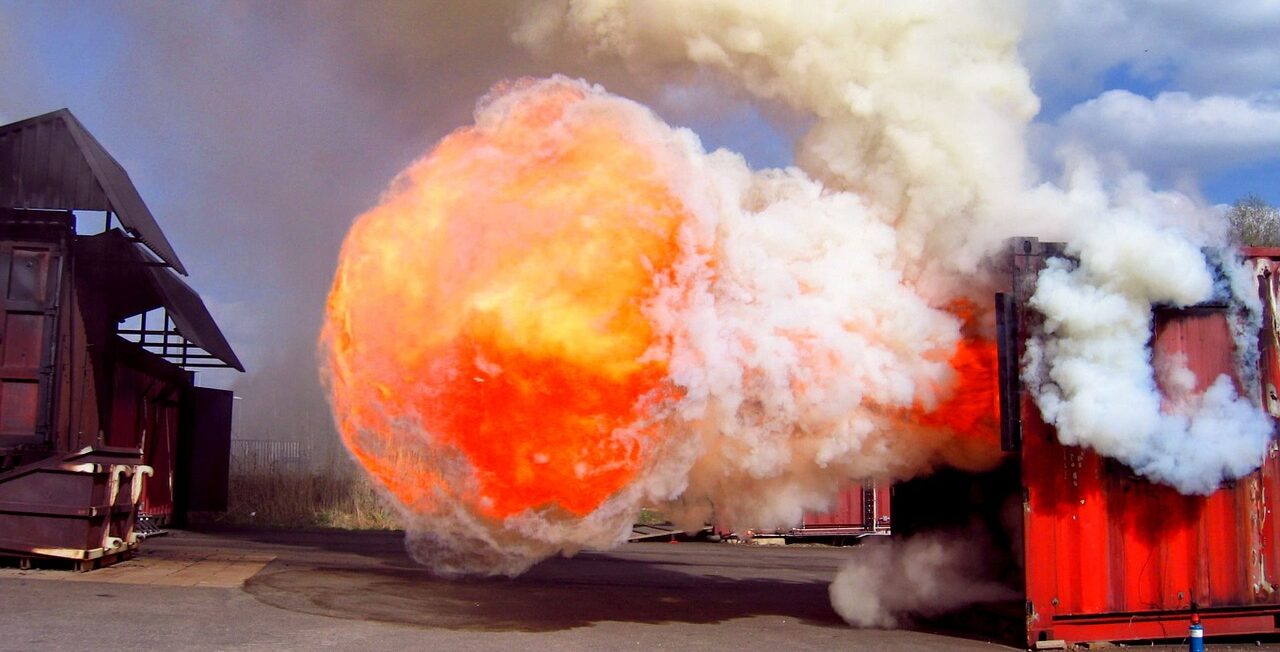A lot of regions thought they had COVID-19 beat. Australia had very few cases for quite some time. And then, rather suddenly, a surge in new cases began appearing. Unfortunately, this issue is the kind of issue that I warned about when writing my paper on cyclical distancing.
While the lockdowns do a reasonable job of suppressing the infection, while they are in effect, they do so at considerable cost, and with limited long term benefit. Indeed, so long as there are burning embers of the infection remaining, there is a significant risk of what I refer to as an epidemic backdraft.
Like with an actual backdraft, the fire, or in this case the epidemic, is starved, but it does not go out completely. These remaining embers, along with a significant production of combustible gas (in this case social agitation caused by extreme lockdowns) result in a rapid explosion when oxygen is reintroduced (in this case when the lockdowns end).
So far a few locations have been spared, perhaps because they opened slow enough and there was enough quelling of social agitation. But many locations have not been so lucky. All around the world we’re seeing an apparent second wave of outbreaks. This second wave is nothing more than the second half of the first wave. And it will likely continue.
It is for this reason that we really need to implement the infection weather reporting system. Epidemic backdrafts should not catch people by surprise, and we should not even allow the to happen. The monitoring and reporting system proposed can stop them. So please support Promote.Health’s initiative to create such a system.
You can support us by joining our Telegram channel for discussion, letting others know about the project, and by supporting the use of PHC.
